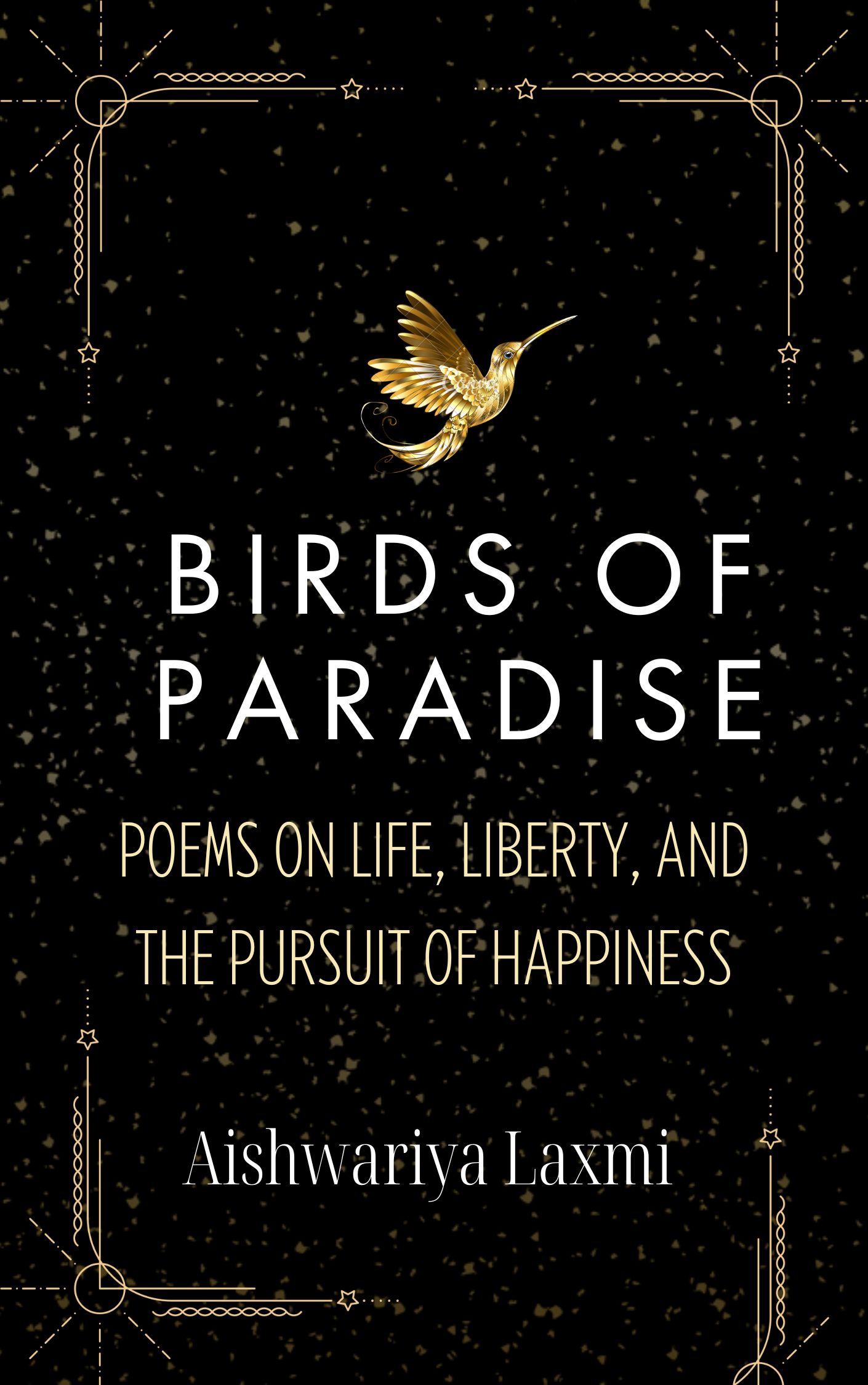Translated from the Malayalam version by Anita Nair, Harper Perennial, 2011.
Reviewed by K.S.Loganathan.
Thakazhi Sivasankara Pillai (1912-1999) is a Malayalam writer, and his social novel Chemmeen is the first postcolonial Indian novel written in 1956 to be translated into English. It was later translated into 19 world languages and adapted into a film in 15 countries. Pillai wrote 39 novels and over 600 short stories featuring the everyday lives of the oppressed classes. He was the recipient of the Sahitya Akademi, Jnanapith, and Padma Bhushan awards, for his literary works. His magnum opus, Kayar( Coir), is a multigenerational saga spanning the period 1885 to 1971, and it was written in 1978.
Chemmeen (Shrimp) is a novel of forbidden love, a tragic love story of Karuthamma, a Hindu fisherwoman, and Pareekutty, a Muslim trader, in the fishing village of Neerkunnath on the Alapuzha shore in Kerala. The fishing boats at the time were manually powered, the catch variable, and the fishermen poor, living a hand-to-mouth existence. The fisher community is hedged in by taboos and traditions, which is the price to be paid by them for going to work in the sea. The main characters in the novel try to break the shackles of tradition, but they are trapped inside cages of their own making, with tragic consequences. Societal norms and malicious gossip come in between two people in love and also thwart another person trying to build a fortune.
The sea serves as a symbol of unrelenting fate. Kadalamma is the primeval force, who will give everything, if she is pleased, and ruin everything if she is angry. The belief that a fisherman’s wealth and his safety at sea lies in his fisherwoman’s virtue on land is ingrained in the children of the sea.

Chemmeen is a realistic portrayal of the pressing social concerns of fisherfolk’s lives at the time of its writing. It deals with the broad themes of repressed passions and innocence, myth and reality, while focusing on the individuals’ struggles with societal norms, amid the bleak reality of poverty, class, and gender differences. The author believed that his story “encompassed sorrow, pleasure, anxiety, love , anger, all in its purest form.” When it was published, however, critics from the fisher community protested that the novel distorted their beliefs, while the progressives lambasted the author for propagating myths.
Chembankunju is a hardworking but avaricious fisherman, who dreams of owning a fishing boat. He “borrows” money from the Muslim trader, Pareekutty, to eke out his savings toward the purchase of a second-hand boat from Pallikunnath Kadankoran whose lifestyle he begins to covet. Chembankunju rejects his past and his people to build his wealth. When he harvests shrimp, not even a tiny bit in his boat is spared for the needy. His wife Chakki, and daughters Karuthamma and Panchami are upset with his avarice. Karuthamma and Pareekutty love each other, but as she comes of age, she is pressurized to marry within the community. Palani, a skilled fisherman, but an orphan from another village, is chosen as her husband. Much as Karuthamma tries to become a dutiful fisherwife, the poison in peoples’ minds and words keeps stoking the embers of her love for Pareekutty. He also pines for her as he sinks in penury and sings melodious songs by the seaside.
When Chakki dies, Chembankunju marries the widow of Kadankoran, and this sets in motion a chain of disasters. Panchami flees to her sister, who by now has given birth to a baby girl. Karuthamma’s repressed sexuality and desire overrides her motherhood, when Pareekutty also arrives to tell her of her father’s state. At the same time, Palani gets lost at sea looking in vain for Arundhati, the guiding star for fishermen and a Hindu symbol of chastity, in the night sky to get his bearings. He encounters sea monsters, whirlpools, sharks, and huge waves, as his boat sinks. The transgression of a fisherwoman invoked the wrath of Kadalamma. Ashore, the lovers are locked in an embrace. Their entwined bodies are washed ashore later. On the shore, Panchami wept, holding a bawling baby.
In her commentary, academician Dr .Meena Pillai writes that the story taps into the fetishism that the image of chemmeen, or the catch from the sea, is a currency of exchange, just as a woman is a catch on land. The author T.S.Pillai invokes powerful imagery and symbols in his description of life and living in harmony with nature. Anita Nair’s translation is clear and uncomplicated. The cover features a still from the 1965 film, featuring the fair and beautiful rising star Sheela as Karuthamma. Both the book and the film were extremely popular, even though many of the readers today may be a tad disappointed at what it fails to accomplish-offering a ray of hope for the people who are relegated to the shadows.











